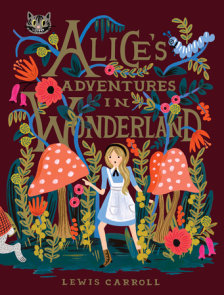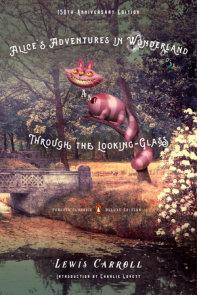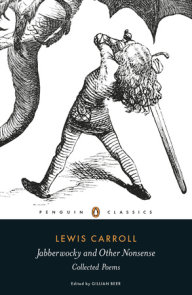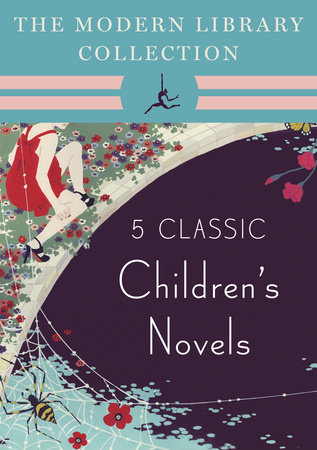

The Modern Library Collection Children's Classics 5-Book Bundle
By Kenneth Grahame, Lewis Carroll, J.M. Barrie and Alexandre Dumas
By Kenneth Grahame, Lewis Carroll, J.M. Barrie and Alexandre Dumas
Category: Children's Classics | Classics | Children's Middle Grade Books

-
Jul 23, 2012 | ISBN 9780812984477 | Middle Grade (8-12)
YOU MAY ALSO LIKE
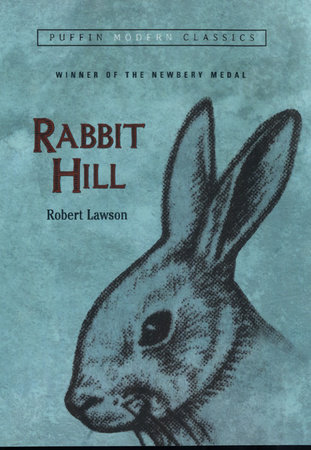
Rabbit Hill (Puffin Modern Classics)
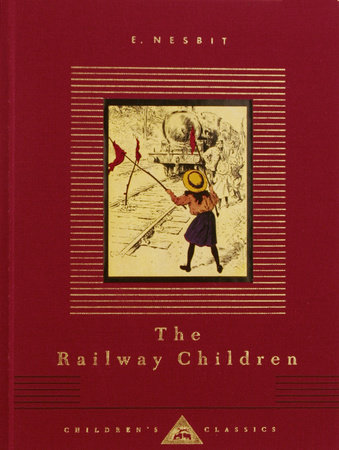
The Railway Children
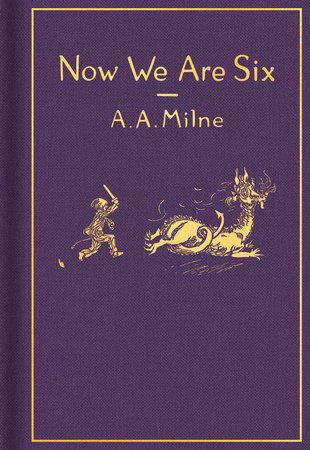
Now We Are Six: Classic Gift Edition
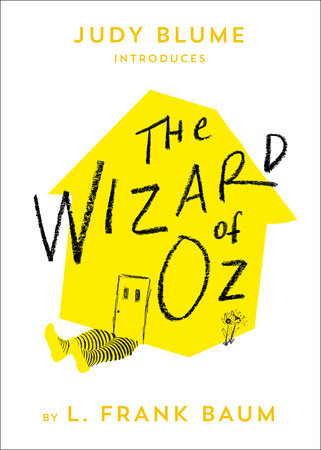
The Wizard of Oz
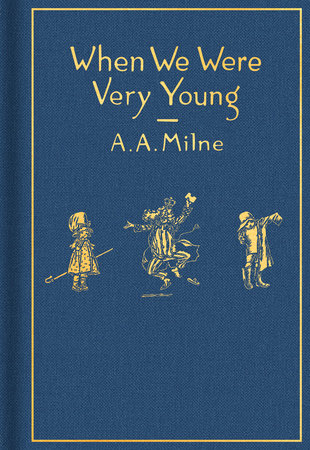
When We Were Very Young: Classic Gift Edition
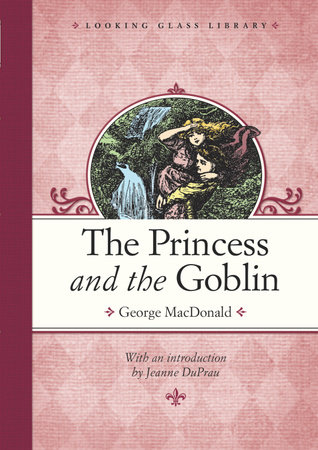
The Princess and the Goblin
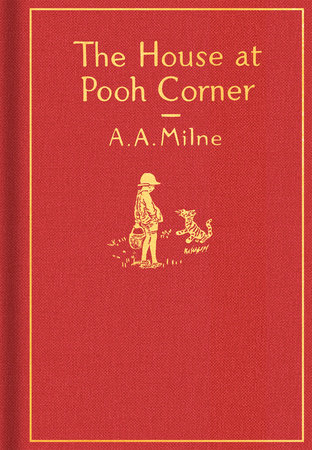
The House at Pooh Corner: Classic Gift Edition

Wind in the Willows
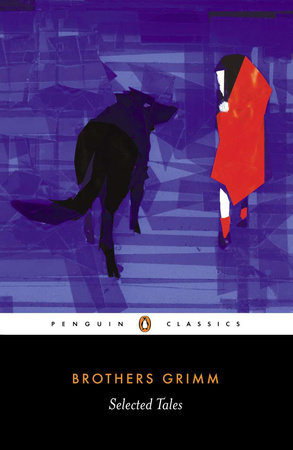
Selected Tales
Praise
“The boastful, unstable Toad, the hospitable Water Rat, the shy, wise, childlike Badger, and the Mole with his pleasant habit of brave boyish impulse, are types of that deeper humanity which sways us all.”—Vanity Fair, on The Wind in the Willows
“Only Lewis Carroll has shown us the world upside down as a child sees it, and has made us laugh as children laugh.”—Virginia Woolf, on Alice’s Adventures in Wonderland and Through the Looking-Glass
“Barrie wrote his fantasy of childhood, added another figure to our enduring literature, and thereby undoubtedly made one of the boldest bids for immortality of any writer. . . . [Peter Pan] is a masterpiece.”—J. B. Priestley, on Peter Pan
“I do not say there is no character as well-drawn in Shakespeare [as D’Artagnan]. I do say there is none that I love so wholly.”—Robert Louis Stevenson, on The Three Musketeers
21 Books You’ve Been Meaning to Read
Just for joining you’ll get personalized recommendations on your dashboard daily and features only for members.
Find Out More Join Now Sign In










